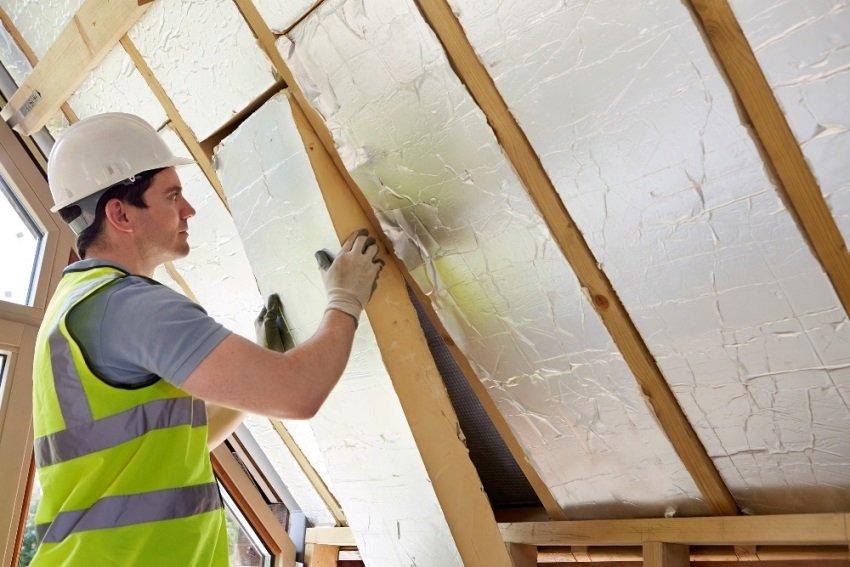The roof of your home is more than just a protective covering; it plays a critical role in maintaining your indoor comfort and energy efficiency. One aspect that often goes overlooked is the insulation. Over time, insulation can degrade, leading to increased energy bills and reduced comfort. In this comprehensive guide, we will explore the importance of roof insulation, signs that it’s time to replace it, and the steps involved in replacing roof insulation to enhance your home’s energy efficiency.

The Significance of Roof Insulation:
Enhanced Energy Efficiency
Properly installed and well-maintained roof insulation acts as a thermal barrier, preventing heat transfer between your home and the outside environment. This means that during hot summers, your home remains cooler, and during cold winters, it stays warmer. Consequently, your HVAC system doesn’t have to work as hard, resulting in lower energy bills.
Improved Comfort
Roof insulation also plays a crucial role in maintaining consistent indoor temperatures. It prevents drafts, hot spots, and cold spots, ensuring that your home remains comfortable throughout the year.
Signs It’s Time to Replace Roof Insulation:
Increased Energy Bills
If you’ve noticed a steady rise in your energy bills despite consistent usage patterns, your roof insulation may be to blame. As it degrades, its thermal resistance decreases, causing your HVAC system to work harder to maintain the desired temperature.
Uneven Temperature Distribution
If certain areas of your home are consistently warmer or colder than others, it could be a sign that your roof insulation is no longer effectively regulating the temperature.
Visible Damage
Inspect your attic for signs of damage, such as water stains, mold growth, or animal infestations. These issues can compromise the effectiveness of your insulation.
Steps to Replace Roof Insulation:
- Assessment and Removal:
- Begin by assessing the condition of your existing insulation. Is it damaged or deteriorated? Does it meet current energy efficiency standards?
- Remove the old insulation carefully, taking precautions to wear protective gear like masks and gloves, as older insulation materials may contain contaminants.
- Air Sealing: Before installing new insulation, it’s essential to seal any gaps, cracks, or openings in your attic to prevent air leakage. This can be done using caulking or spray foam insulation.
- Selecting New Insulation: Choose an insulation material that suits your climate and budget. Common options include fiberglass, cellulose, and spray foam insulation. Consult with a professional to determine the best choice for your home.
- Installation: Install the new insulation according to the manufacturer’s instructions and local building codes. Ensure that it covers the entire attic floor evenly and reaches the recommended R-value for your region.
- Ventilation: roper attic ventilation is crucial to prevent moisture buildup and maintain the longevity of your new insulation. Ensure that vents and baffles are correctly installed to allow air circulation.
- Professional Inspection: Consider hiring a professional to inspect your newly installed insulation to ensure it meets energy efficiency standards and local building codes.
Conclusion:
Roof insulation is a critical component of your home’s energy efficiency and comfort. By replacing worn-out or damaged insulation, you can significantly reduce energy bills, enhance indoor comfort, and contribute to a more sustainable living environment. Don’t wait for soaring energy costs or discomfort to prompt action; proactively assess your insulation and invest in its replacement to enjoy the benefits for years to come.



Leave a Reply